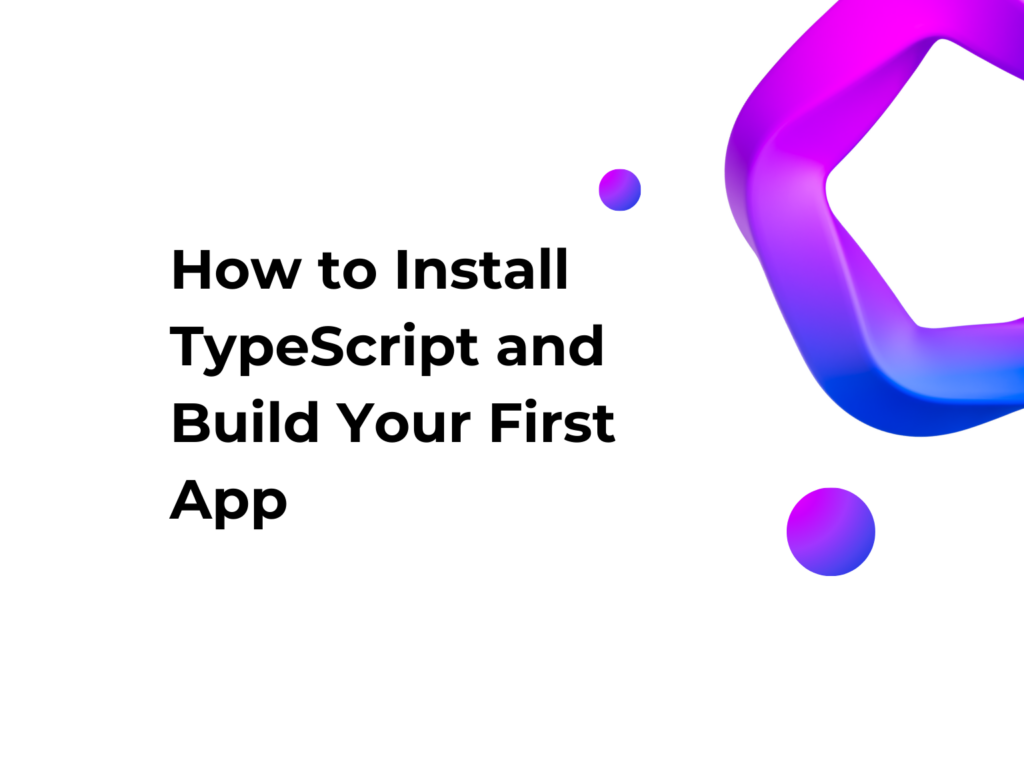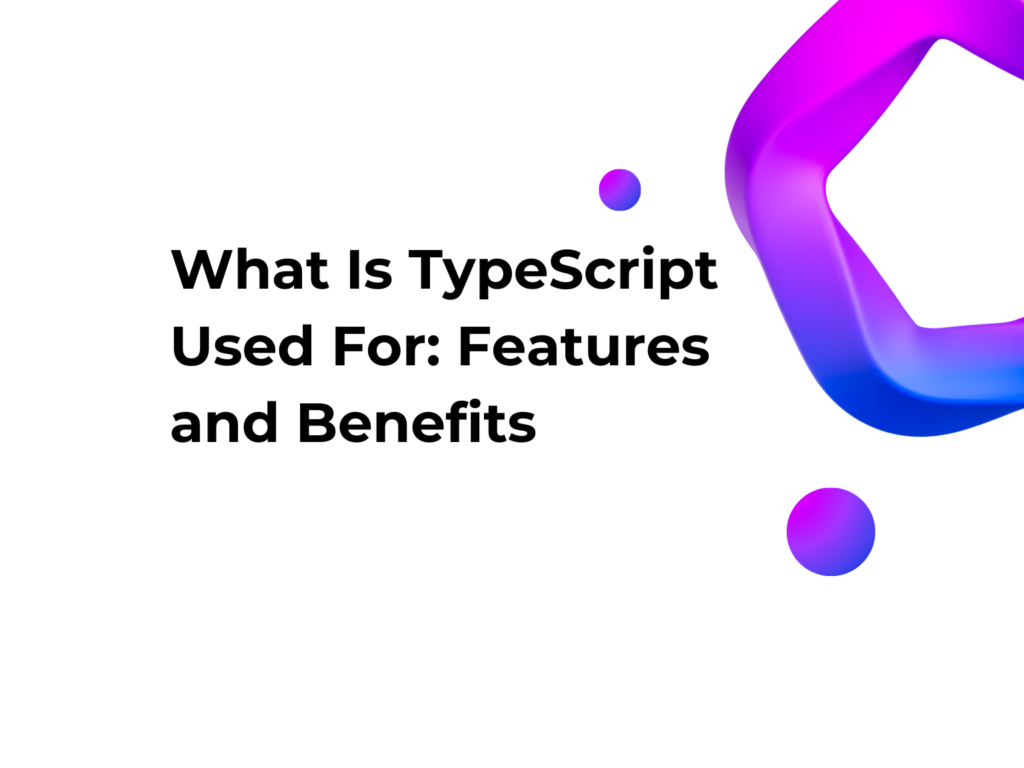Top JavaScript Frameworks for 2025
Choosing the right framework can seem complicated, but don’t worry! In this guide on the Top JavaScript Frameworks for 2025, we’ll help you navigate the options, explaining when to use them, why they are useful, and how to create a small practical project. Each section is designed to help you understand the value of each framework, even if you’re just getting started.
🥇 1. React – A Key Player Among Top JavaScript Frameworks
React is not a full-fledged framework but a library dedicated to building user interfaces (UI). Created by Facebook, it remains one of the cornerstones of web development. Imagine building an app like a puzzle, where each piece is a component: React allows you to create these pieces separately and then combine them to achieve a powerful and interactive interface.
✅ When to Choose React?
- If you want to create Single Page Applications (SPA), which function as a single web page.
- If you need reusable components, ideal for large and complex projects.
- If you want extensive community support, with hundreds of ready-to-use libraries.
📌 Example: Creating a React Project
- Create the React project:
npx create-react-app my-react-app
cd my-react-app
npm start- Add an interactive component:
import React, { useState } from 'react';
function Counter() {
const [count, setCount] = useState(0);
return (
<div>
<h2>Counter</h2>
<p>You clicked {count} times</p>
<button onClick={() => setCount(count + 1)}>Increase</button>
</div>
);
}
export default Counter;- Insert the component into the homepage:
import Counter from './Counter';
function App() {
return (
<div>
<h1>Welcome to React</h1>
<Counter />
</div>
);
}
export default App;📖 Official Documentation: https://reactjs.org
❌ Things to Know Before Choosing React:
- It does not manage routing or APIs on its own: you need to add external libraries like React Router.
- Not optimized for native SEO; if you need SEO, consider Next.js.
🥈 2. Next.js – The SEO-Friendly Star Among Top JavaScript Frameworks
Next.js is an extension of React that adds essential features like server-side rendering (SSR) and static site generation (SSG). If React is like building a car piece by piece, Next.js offers the engine ready to go, leaving you to focus on the details.
✅ When to Choose Next.js?
- If you need a website optimized for search engines (SEO).
- If you want to build fast, scalable applications with server-side rendering.
- If you desire optimized image management.
📌 Example: Creating a Next.js Project
- Create the Next.js project:
npx create-next-app@latest my-next-app
cd my-next-app
npm run dev- Add a page with data fetching:
// src/app/page.tsx
export default async function Home() {
const res = await fetch('https://jsonplaceholder.typicode.com/posts');
const posts: { id: number; title: string }[] = await res.json();
return (
<div>
<h1>Post List</h1>
<ul>
{posts.map((post: { id: number; title: string }) => (
<li key={post.id}>{post.title}</li>
))}
</ul>
</div>
);
}📖 Official Documentation: https://nextjs.org
❌ Things to Know Before Choosing Next.js:
- Requires more server resources compared to a simple SPA.
- Can be complex for very simple projects.
🥉 3. Svelte – The Lightweight Champion Among Top JavaScript Frameworks
Svelte differs from other frameworks: it does not use a Virtual DOM, but compiles your code during the build phase, generating optimized JavaScript. This means your applications will be faster and lighter.
✅ When to Choose Svelte?
- If you are looking for high performance and reduced load times.
- If you want a framework with clean and simple syntax.
- Perfect for small to medium projects where simplicity is key.
📌 Example: Creating a Svelte Project
- Create the Svelte project:
npx degit sveltejs/template my-svelte-app
cd my-svelte-app
npm install
npm run dev- Add an interactive counter:
<script>
let count = 0;
</script>
<h1>Svelte Counter</h1>
<p>You clicked {count} times</p>
<button on:click={() => count++}>Increase</button>📖 Official Documentation: https://svelte.dev
❌ Things to Know Before Choosing Svelte:
- Smaller community compared to React or Vue.
- Fewer tools and libraries available compared to competitors.
4. Vue.js – The Beginner-Friendly Star Among Top JavaScript Frameworks
Vue.js combines the best of React and Svelte, offering a gentle learning curve and intuitive syntax.
✅ When to Choose Vue.js?
- If you’re a beginner and want a quick learning curve.
- If you want to build medium-sized projects.
- If you desire automatic DOM reactivity.
📌 Example: Creating a Vue.js Project
- Create the Vue.js project:
npm init vue@latest
cd my-vue-app
npm install
npm run dev- Add an interactive component:
<template>
<div>
<h1>Hello, {{ name }}</h1>
<input v-model="name" placeholder="Enter your name" />
</div>
</template>
<script>
export default {
data() {
return {
name: ''
};
}
};
</script>📖 Official Documentation: https://vuejs.org
5. Astro – A Top JavaScript Framework for Content-Rich Sites
Astro is designed for content-oriented sites, such as blogs and documentation, focusing on speed and SEO optimization. Its unique feature is the ability to integrate React, Vue, or Svelte components in the same project, ensuring maximum flexibility and excellent performance.
✅ When to Choose Astro?
- If you want to create blogs, documentation sites, or landing pages.
- If you’re looking for excellent performance.
- If you need a site with built-in SEO.
📌 Example: Creating an Astro Project
- Create the Astro project:
npm create astro@latest
cd my-astro-app
npm install
npm run dev- Add a page with data fetching (
src/pages/index.astro):
---
import { useState, useEffect } from 'react';
---
<h1>Welcome to Astro</h1>
<p>Dynamically loaded user list:</p>
<ul>
{await fetch('https://jsonplaceholder.typicode.com/users')
.then(response => response.json())
.then(users => users.map(user => <li key={user.id}>{user.name}</li>))}
</ul>
<p>This example shows how to perform data fetching directly within an Astro page.</p>📖 Official Documentation: https://astro.build
❌ Things to Know Before Choosing Astro:
- Mainly designed for content-focused sites, such as blogs and documentation, rather than highly interactive web applications.
- Still relatively new, with fewer tools compared to React or Vue.
Comparative Table of the Top 5 JavaScript Frameworks for 2025
| Framework | Key Advantages | Best For | Things to Consider | SEO Support | Performance | Learning Curve |
|---|---|---|---|---|---|---|
| React | Large community, reusable components | Single Page Applications (SPA), dynamic UI | Requires SEO setup, external libraries for routing and state management | Medium (with setup) | Good | Medium |
| Next.js | Native SEO, integrated API Routes | Blogs, e-commerce, SEO-friendly apps | Requires more server resources, complex for small projects | Excellent | Excellent | Medium |
| Svelte | Exceptional performance, simple syntax | Lightweight projects, high-performance apps | Smaller community, fewer libraries | Good | Excellent | Easy |
| Vue.js | Clear syntax, easy to learn | Medium-sized projects | Less adopted by large companies, fewer enterprise use cases | Medium | Good | Easy |
| Astro | Multi-framework, perfect for content | Blogs, documentation, landing pages | Focused on content-oriented sites, less suited for advanced web applications | Excellent | Excellent | Easy |
Conclusion
Each framework has its strengths. If you want flexibility and broad support, React or Vue.js are great choices. Svelte excels in performance and simplicity for lightweight projects. Next.js is ideal for applications with advanced SEO and performance needs, while Astro stands out as a modern and versatile framework for both static and dynamic content.

